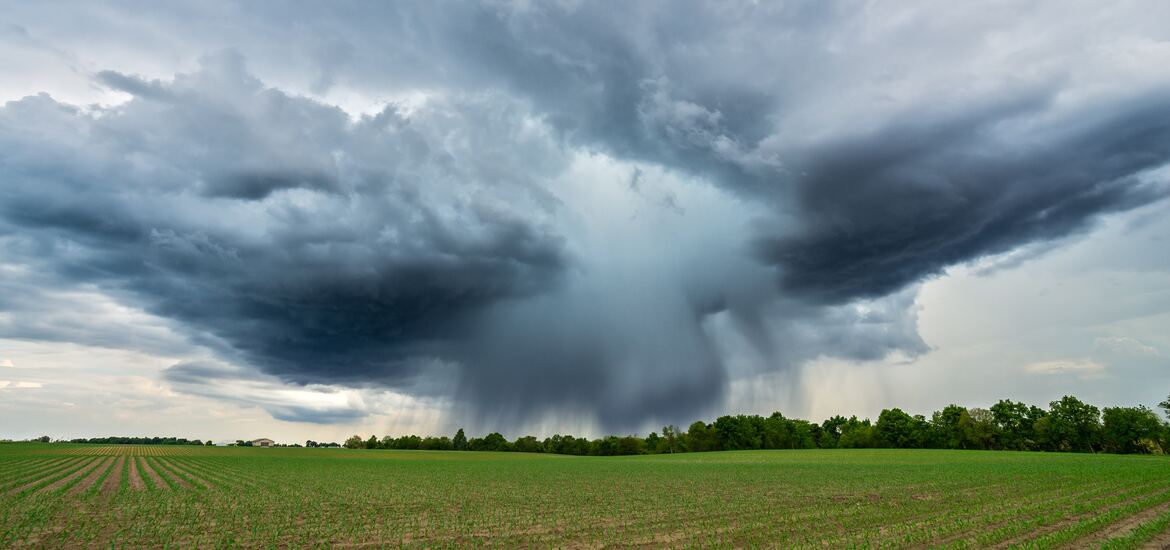In 2016, our Researcher, Sandra Massey (now retired), produced the document, We Need to Talk!. Here, she establishes connections between living heritage and community development. Featured in this blog post is the introduction to this document, which outlines the definition of living heritage. You can access the document in its entirety at the bottom of this post.
When thinking about the future we want, it is only natural to look to the past. Visionary leaders understand the truth of these often-quoted words: you can’t know where you’re going until you know where you’ve been. Good ideas are adapted over and over. Great ideas naturally converge to create synergies that propel them forward. When it comes to community development, models from the past are re-emerging to show the way forward. Building sustainable, vibrant communities depends on holistic/systemic approaches that recognize and understand how the past is used in the present.
In 2003 the United Nations Educational, Scientific, and Cultural Organization, (UNESCO) published the Convention for the Safeguarding of Intangible Cultural Heritage (ICH). Despite the name of the convention it was clearly written to recognize and support all aspects of cultural heritage, both tangible and intangible as Article 2 states:
The “intangible cultural heritage” means the practices, representations, expressions, knowledge, skills – as well as the instruments, objects, artefacts and cultural spaces associated therewith – that communities, groups and, in some cases, individuals recognize as part of their cultural heritage.
The declaration goes on to describe how ICH is passed from one generation to the next and how it informs the present in terms of our relationships with the natural world around us and with each other.
This intangible cultural heritage, transmitted from generation to generation, is constantly recreated by communities and groups in response to their environment, their interaction with nature and their history, and provides them with a sense of identity and continuity, thus promoting respect for cultural diversity and human creativity.
Article 2 also makes reference to some of the most pressing issues of our time: diversity, social justice, and sustainability.
For the purposes of this Convention, consideration will be given solely to such intangible cultural heritage as is compatible with existing international human rights instruments, as well as with the requirements of mutual respect among communities, groups and individuals, and of sustainable development.
Our values, beliefs, and ways of living; in other words, our Living Heritage, is shaped by family, friends, and teachers, as well as our own lived experience. Who we think we are and where we come from, as well as, where we are and what we do, in large measure determines our ability to participate in and contribute to our communities. The quality of life we enjoy depends on building a positive sense of identity, belonging and place; building strong relationships with ourselves, within our families, with others, and with the natural world around us. This is true for all individuals regardless of our cultural background, religious beliefs and/or lifestyle. Moreover, all learning occurs within a cultural context and this worldview informs how we live, work and play. ‘Living’ may not be the adjective generally used to describe ‘Heritage,’ however it is a concept that is intuitively understood.
The five models presented in this booklet all reflect an intuitive understanding of Living Heritage although most of them do not use the term specifically. Each model has been adapted at various times and in various locations within Saskatchewan to guide community development. The research and writing process began with a review of each of the models. It soon became clear that they all shared similar characteristics and were based on parallel lines of thought. However a couple of the models are very focused on economic development and exhibit particular differences as a result. Others recognize the need to be more inclusive, considering the cultural, social, and environmental aspects of development. The essays were originally written as stand-alone informational pieces and have been slightly edited for this publication.
Download the document, or read it here:


